Bathroom Codes And Design Best Practices – Expert Guide
Bathroom codes to help maintain public bathroom facilities’ design’ cleanliness and safety. By designating specific areas as bathroom code zones, it is easy to enforce standards for hygiene and safety.
Guidelines for bathroom code design provide clear instructions for layout, color selection, and other essential details. Bathroom code design best practices ensure that all bathroom users understand and obey the rules. By following these guidelines, you can create a bathroom that is user-friendly, safe, and free of bacteria. Read on to learn more.
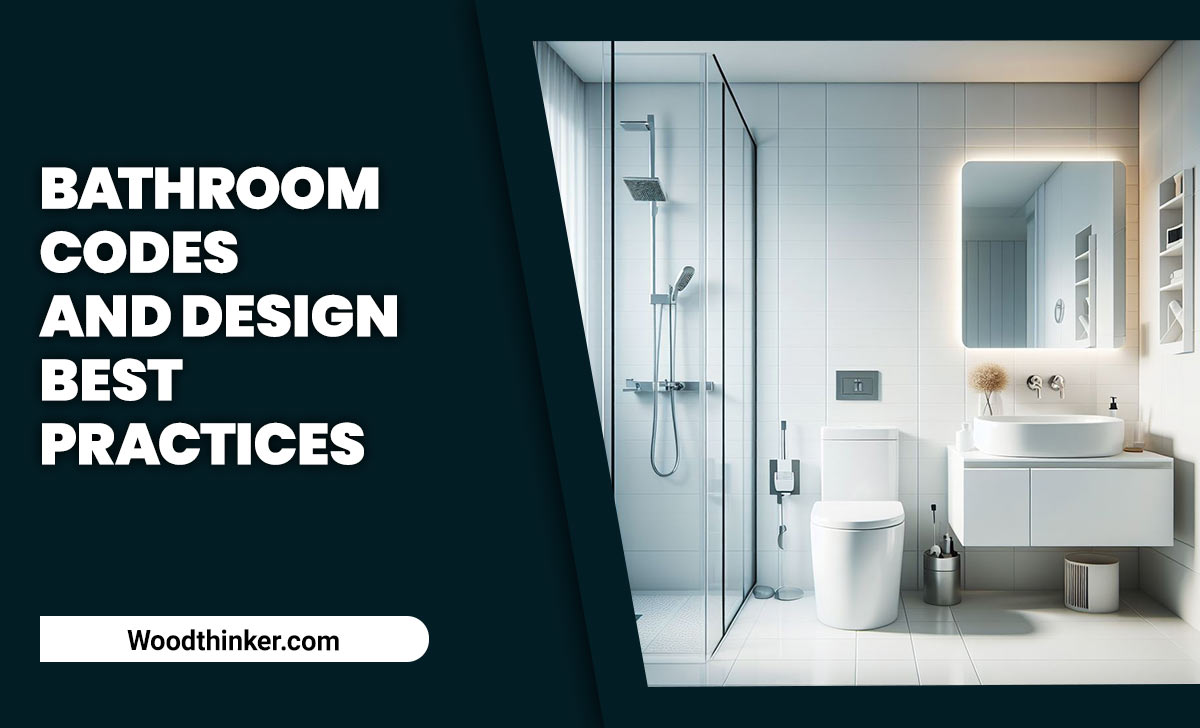
What Is A Bathroom Code?
Bathroom codes are a standard in design, and for a good reason. They provide consistency and cleanliness in the space, which helps guests feel comfortable. Remember size, shape, height, and color when creating your bathroom code.
Additionally, make sure to include guidelines for layout and decorating. Following these simple rules, you can create a stylish and functional bathroom that meets your needs.
What Are The Most Common Bathroom Code Designs?
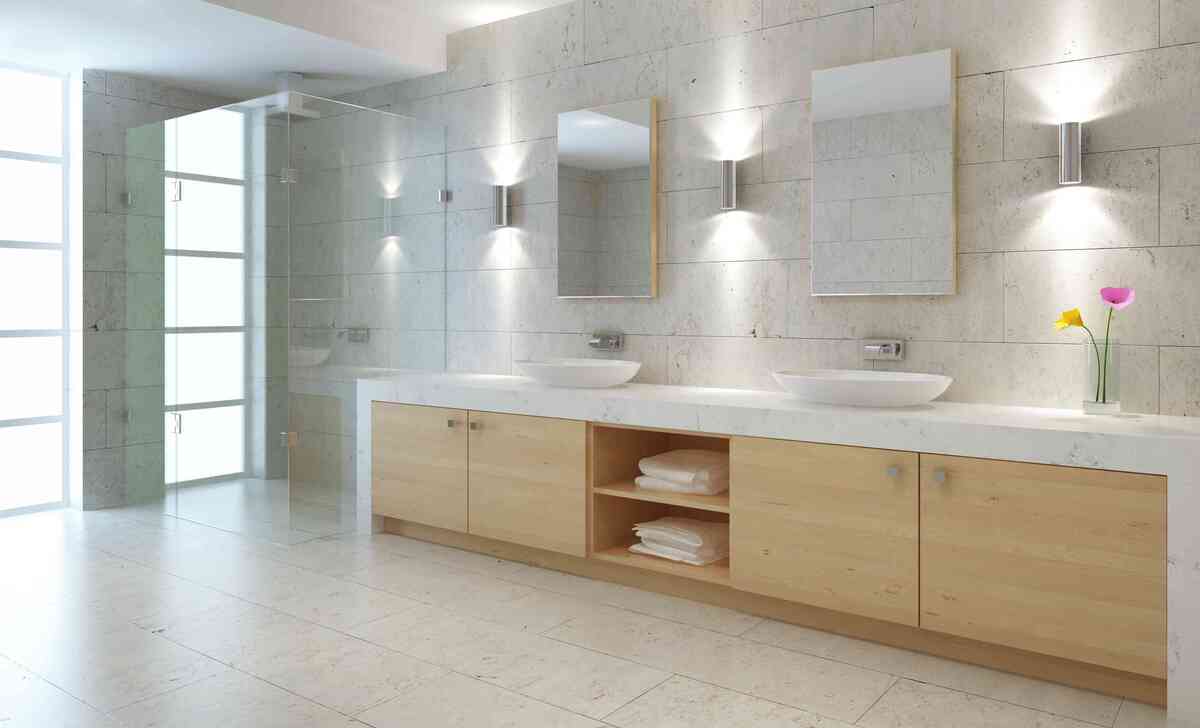
There are a variety of different bathroom code designs that you can use to make sure that your bathroom is compliant with regulations.
One popular design is the universal indicator, which uses a sequence of colors to indicate whether or not a particular area is accessible to people with disabilities. This design can operate in public and private bathrooms and is relatively easy to install.
Another common design is the pictogram, which uses images or symbols to indicate specific areas of the bathroom that are accessible. Pictograms can be easily interpreted by people with visual impairments, making them a good choice for bathrooms used by many people.
You can also use International Standard Bathroom Signs (ISBS), explicitly designed for use in bathrooms worldwide. ISBS signs are usually more expensive than other designs, but they’re often easier to read and comply with more regulations.
Guidelines For Designing Bathrooms
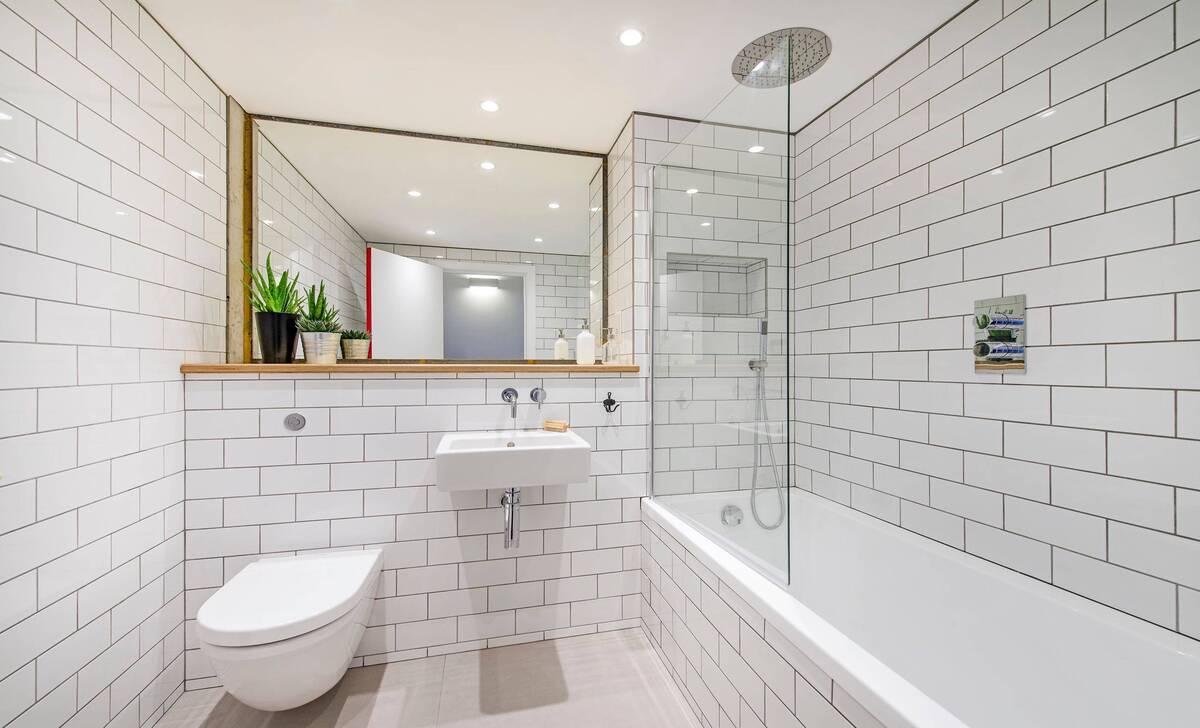
Bathroom design is a big deal – not just because it’s the space where we take a bath or shower, but also because bathroom design can have a significant impact on the home’s overall design. When planning your bathroom layout, remember the space plumbing, heating, and air conditioning take up.
Additionally, follow guidelines established by the American National Standards Institute (ANSI) when designing bathrooms. These include minimum bathroom and ceiling heights and using a minimum of three walls and two ceiling heights.
Additionally, include porcelain or tiled surfaces for easy cleaning. Choose finishes that resist water and staining—select bathroom fixtures in contrasting colors and patterns for a modern and traditional design. And finally, when it comes to bathroom design, keep the space clean and comfortable for the users.
Examples Of Bathroom Codes And Designs
There are different bathroom codes and designs, but the most common type is probably the six-point code. This code regulates the size, shape, and location of toilets, sinks, and showers. Other popular codes include the American Standard Code for Plumbing and Heating (ASCPH), which covers all aspects of plumbing in a building.
The International Building Code (IBC) deals with building design standards, and the International Residential Code (IRC) regulates how apartments and condos.
Whatever your preferred bathroom code or design, it’s always important to consult an experienced professional if you’re unsure how it should implement. They can help you set everything up precisely how you want it without conflicts or problems later.
The Regulations Around Bathroom Design
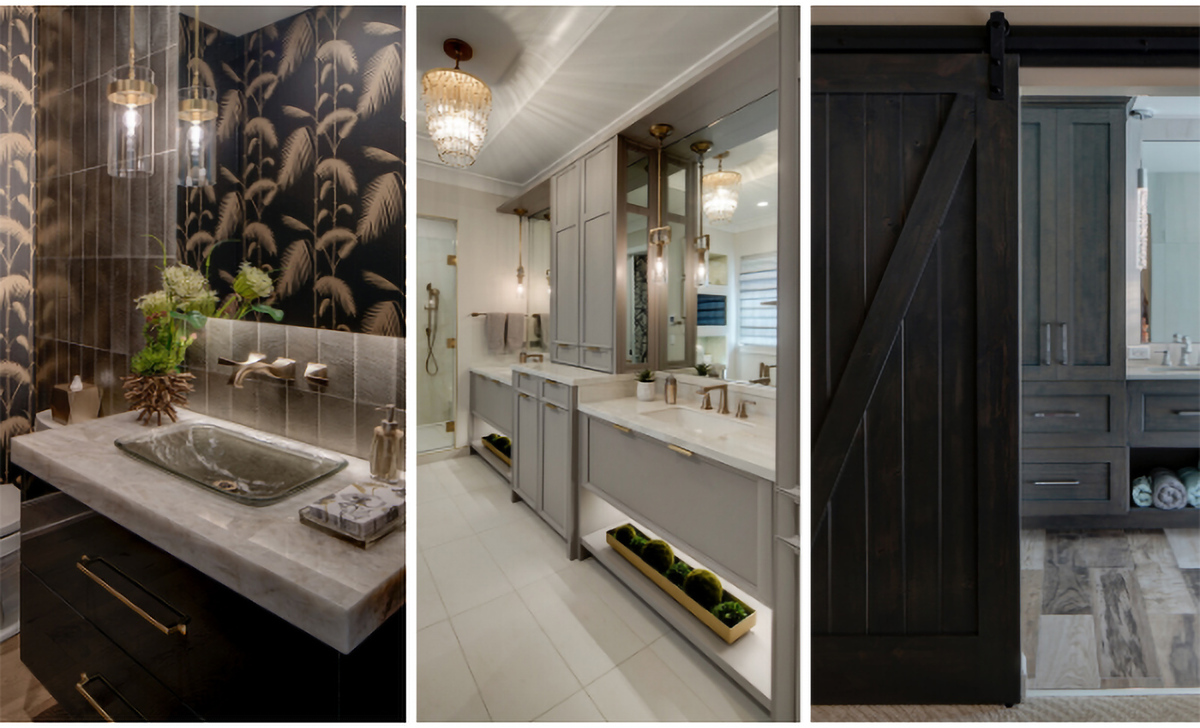
There are a lot of different regulations around bathroom design, and it can be challenging to know what’s required by law. One important thing to remember is that all bathrooms must be accessible for people with disabilities.
This means they need to design in a way that’s easy to use and navigate without going through unnecessary steps. In addition, all bathrooms must also create in a way that’s both aesthetically appealing and functional. Some other essential rules around bathroom design include:
- All fixtures and fittings should be easy to clean and maintain.
- Bathrooms Should Be Compliant With The Americans with Disabilities Act (ADA).
- All Bathrooms Should Be Suitable For People Of All Ages And Gender identities.
Why Are Bathroom Codes Necessary?
Bathroom codes are necessary because they help designers create beautiful, functional spaces that meet the safety and accessibility needs of everyone who uses them. There are a few reasons why bathroom codes are essential:
- They help to prevent accidents. If people don’t know how to use the bathroom safely, they’re more likely to make mistakes that could lead to injury or even death.
- They ensure that everyone has access to clean and comfortable facilities. For example, if someone can’t access a bathroom due to a disability, they suffer needless embarrassment and discomfort.
- They protect the environment by preventing waste from entering the sewage system. People who have trouble using the toilet often flush their toilet multiple times, which causes huge amounts of water and waste to be released into the environment daily.
- They keep businesses running smoothly by ensuring employees access proper toileting facilities when needed. Employees who have an easy time using the facilities lead to less absenteeism and lower staff turnover rates.
Tips
Bathroom renovation is an exciting project, but it’s essential to consult the relevant authority before starting any work. For example, if you’re working on a bathroom in your home city, ensure that the code for that area applies.
Also, consider the design best practices that should follow when renovating bathrooms – things like minimum floor space requirements and plumbing layout restrictions. Finally, always adhere to the bathroom code while implementing your remodel project!
How Can Bathroom Codes Be Improved?
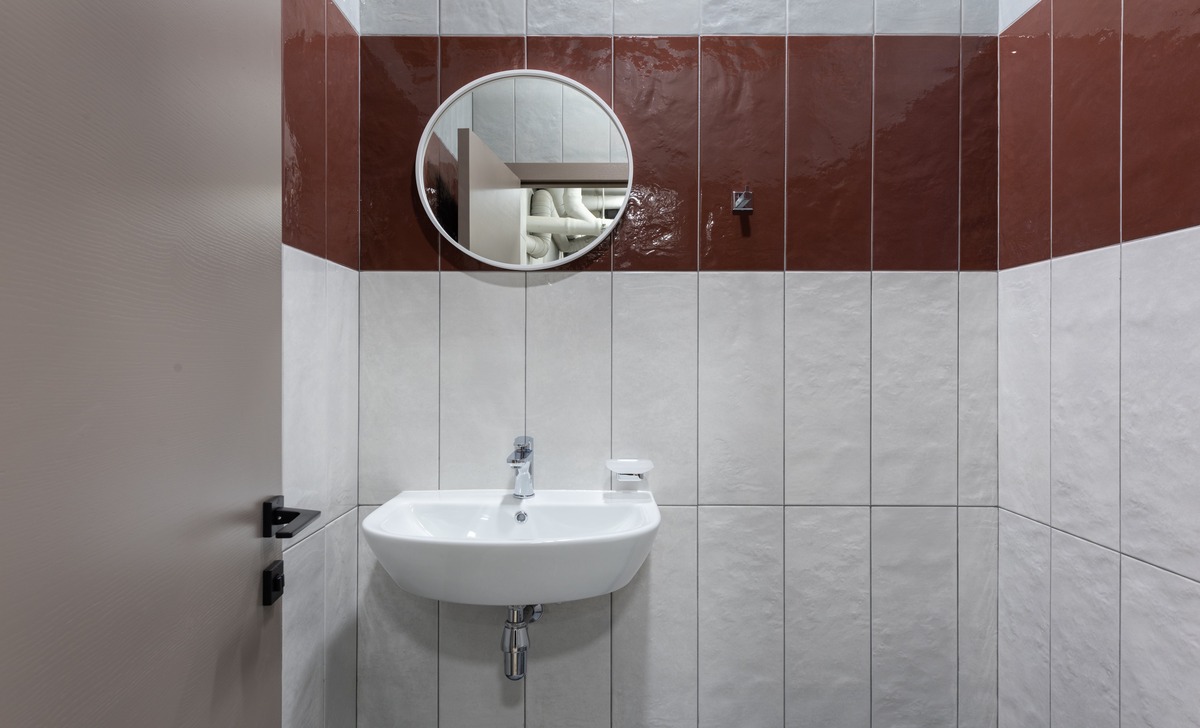
There are some ways bathroom codes can improve, some of which outline below.
- Make sure all bathrooms comply with local building and safety regulations.
- Ensure all bathroom signage and designs are appropriate for the target audience.
- Make sure all bathroom signage is legible from a distance.
- All bathroom signage is durable and easy to clean.
- Make sure there is enough space in each bathroom for people to move around comfortably.
- There is enough space between the walls and the toilet tanks so that bacteria doesn’t collect.
Why Are Bathroom Codes Necessary?
Bathroom codes are essential for several reasons. First and foremost, they help ensure that people who use the bathroom are not disturbed by others. This is particularly important in places like public facilities, where it’s not appropriate for people to shout or make noise while taking a bathroom break.
Second, bathroom codes help to maintain cleanliness and orderliness. By requiring specific standards to be met regarding how the bathrooms are designed and operated, it can help keep the space free from clutter and dirt. This is especially important in places where crowds tend to gather (like amusement parks).
Finally, bathroom codes can help to protect people’s privacy. For example, by specifying which types of materials can use in the construction of the walls and ceiling, it’s possible to prevent nosy neighbors from spying on someone when they’re using the restroom.
Types Of Bathroom Codes
There are several different types of bathroom codes, each with its requirements. One type of bathroom code is the International Plumbing Code, adopted by most countries worldwide. This code specifies how water and drainage systems must install and how fixtures and fittings should design and construct.
Another type of bathroom code is the American National Standard Institute (ANSI) standard, used in the United States. This standard specifies how bathrooms should be designed and built, including the dimensions of a bathroom and the types of materials used.
Both these codes have been updated over time to account for new technologies and trends, so you can be sure that your bathroom will meet all applicable requirements.
How Can I Make My Bathroom Look More Like A Spa?
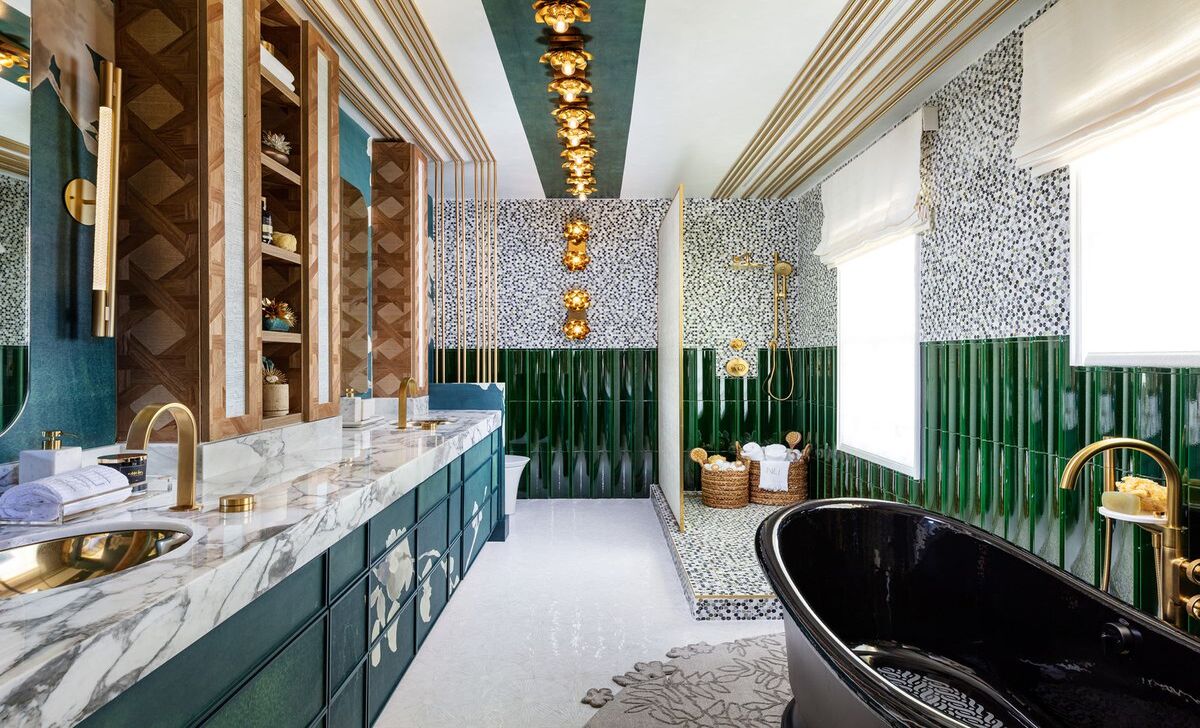
Putting your spin on things is key when designing a bathroom that’s more like a spa. Here are some ideas to get you started:
- Keep accessories mini malistic – Towel racks, vanity tops, and other bathroom fixtures should be sleek and design-focused, without clutter. Try to stick one or two colors throughout the bathroom to help it look more organized and inviting.
- Assign specific colors to different areas of the bathroom – For example, use light blue for flooring and walls, white tile for the vanity top, and lavender or green for accent pieces. You can also choose soothing shades for fixtures like towel bars and bathtubs.
- c – This will help define space, add visual interest, and give the bathroom a more spacious feel.
- Choose a design style that you love and stick with it – If your bathroom style is in an antique or traditional motif, go with that instead of trying to imitate a modern design. People who love modern design appreciate styles that are eclectic and unique.
What Are Some Common Mistakes People Make When Designing A Bathroom?
Keep the following things in mind to avoid common mistakes when designing a bathroom.
- Follow code standards: Follow all building codes and design guidelines when planning your bathroom layout. This will help ensure the bathroom is leak-proof and damage-resistant down the line.
- Think about potential health concerns: bathroom fixtures and materials can result in adverse health effects, like skin irritations or higher levels of waterborne illnesses. It’s essential to be aware of these risks before making any design decisions.
- Consider the age and size of your audience: Younger adults might prefer more contemporary designs, while older adults might prefer more traditional layouts with less clutter or color contrast. Keep this in mind when creating a bathroom design for different age groups.
- Keep practical considerations in mind: For example, some people prefer smaller bathrooms while others may want more space for storage or bathing accessories. Take into account both personal preferences and practical considerations when designing your bathroom.
Six Common Mistakes Made During Bathroom Code Installation
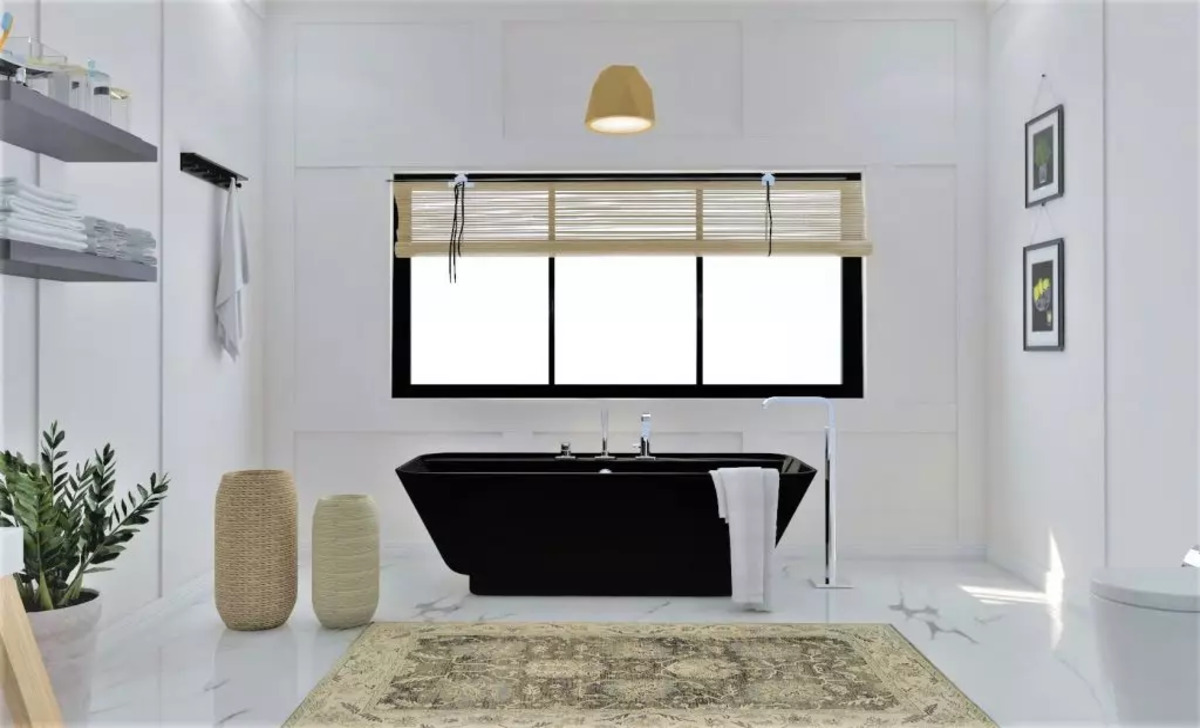
Bathroom code installation can be daunting, but following the proper guidelines to avoid any safety hazards is essential. One of the most common mistakes during bathroom code installation is not following the design template correctly. This can lead to problems with the layout and flow of the bathroom, as well as potential obstructions.
Ensure you have all the necessary permits and inspections before starting work. Furthermore, be aware of possible obstacles during the renovation process, and plan accordingly. Remember that proper communication is key when working with your homeowners’ association (HOA). Last but not least, make sure your bathroom code design looks great on the inside and looks great on the outside!
Should I Use Traditional Or Contemporary Tile In My Bathroom?
Regarding bathroom tiles, traditionally or contemporarily styled tiles are the best options for a bathroom that needs to appear conservative and elegant. Consider adding personality to your bathroom with custom tiles or wallpaper designs! When choosing bathroom tile, consider the room’s style – is it more modern or energetic? – and the colors you choose for your walls and flooring.
How Do Bathroom Codes Help Design?
Bathroom codes are a design best practice that dictates a space’s design. Codes can help with water usage, drainage, and other important aspects of bathroom design. For example, they specify the dimensions and areas that are not to be used, like the toilet area.
This helps create a more organized, functional bathroom and is easier to maintain. Bathroom codes can also help with the design of the shower and tub and the layout of the space overall. So, if you want to design a bathroom that meets the design standards set by bathroom codes, consult a professional!
Why Bathroom Codes And Design Best Practices Are Essential?
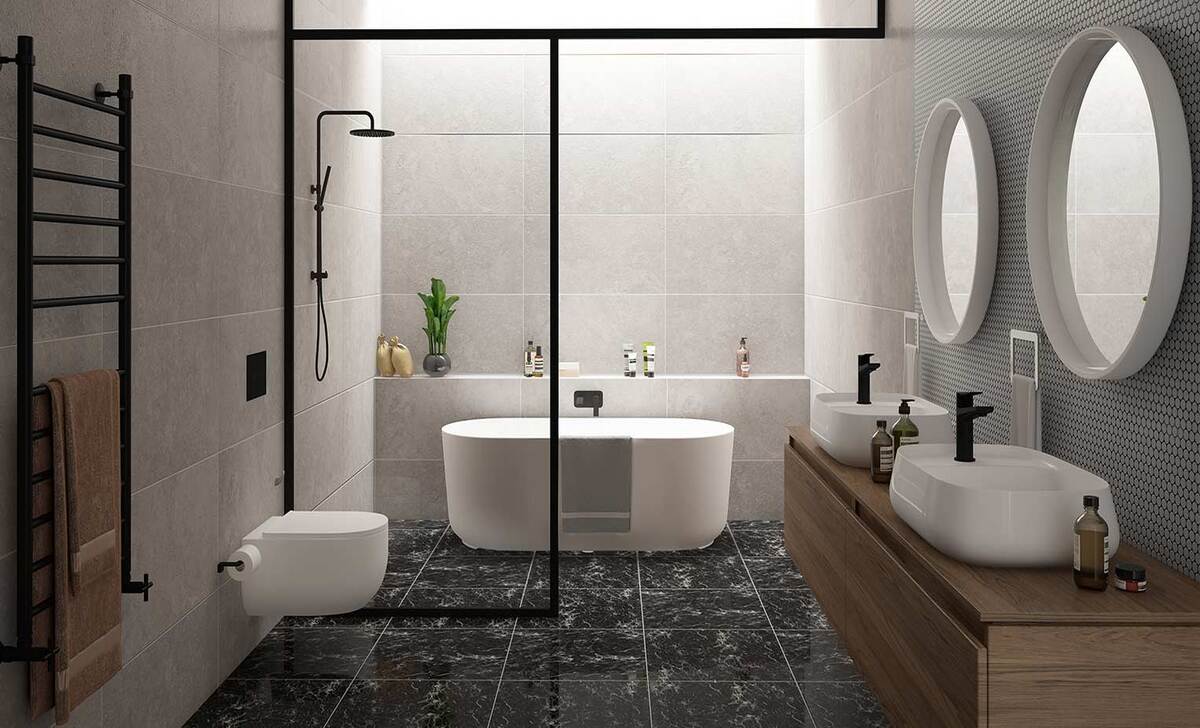
Bathroom codes and design best practices are essential for a few reasons:
- Bathroom codes help ensure everyone can use the bathroom without trouble.
- They help keep people safe by ensuring all areas are properly secure.
- Proper bathroom design makes using them more accessible for people with disabilities.
- Every bathroom needs a specific layout and design for optimal use.
By following these guidelines, you can ensure that everyone can enjoy a practical and stylish bathroom.
Guidelines For Bathroom Code Installation
Bathroom code installation is no trivial task, and it’s important to consult the proper guidelines before getting started. Here are some essential tips for installing bathroom code systems:
- Renovate your bathroom style with updated signage, lighting, and fixtures!
- Ensure all sensors are installed and work correctly before running the wires to the entrance panel. Always consult your homeowner’s or rental agreement when installing bathroom code systems.
Conclusion
Bathroom codes and design best practices are essential for several reasons. Not only do bathroom codes help design bathrooms compliant with local regulations, but they can also help keep the bathroom safe and clean for all users.
By following the guidelines listed above, you can ensure that your bathroom code installation is successful. Feel free to leave your thoughts and questions in the comments section below, and we’ll get back to you as soon as possible.
Frequently Asked Questions
1.Which Colors Work Best In A Modern Bathroom?
Ans: When designing your bathroom for a modern design, avoid bright neon-like colors or strange combinations of neutrals and blacks. Stick to classic white or cream tones instead. When it comes to textures, patterns, and lighting, experiment with different things to add personality to your space.
Play with light fixtures, wallpapers, and accessories to find the look you love. Lastly, choose colors that will look good together and professionally coordinate your bathroom with other areas in the home. Stick to traditional bathroom design colors like white or cream and avoid bold or flashy colors. This way, your bathroom will look timeless and refined.
2.How Do I Choose The Right Bathroom Design For My Needs?
Ans: When choosing the right bathroom design for your needs, you must consider the rest of your home and style. You might want to try different bathroom designs to see what feels best in your space. Additionally, consult a professional bathroom designer to get an idea of your specific bathroom needs and code.
3.What Are The Bathroom Codes In The U.S.?
Ans: The bathroom codes vary from state to state, but generally, there are three types of bathroom codes: general, residential, and commercial.
4.How Do You Design A Bathroom?
Ans: A few general design tips apply to any bathroom: keep it functional and organized, use clean and contemporary styling, and avoid over-the-top features or clutter. For residential bathrooms, in particular, pay close attention to the details – from ceiling height to walls and flooring color – to create a spa-like atmosphere.
5.What Are Some Best Practices For Bathroom Design?
Ans: When designing a bathroom, be sure to consider the following best practices:
- Use functional and contemporary styling.
- Keep it clean and organized.
- Avoid over-the-top features or clutter.
6.What Is A Theme For A Bathroom?
Ans: There is no one-size-fits-all answer to this question, as the themes for bathrooms will vary depending on the individual design. However, some popular bathroom themes include modern country style, coastal chic, and rustic contemporary.



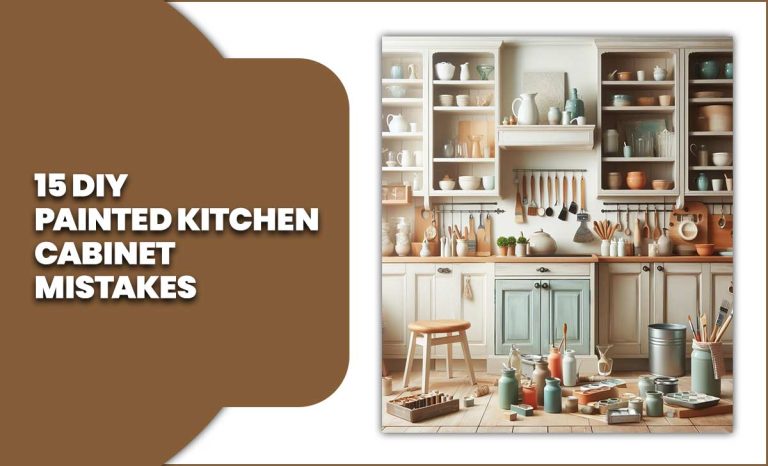

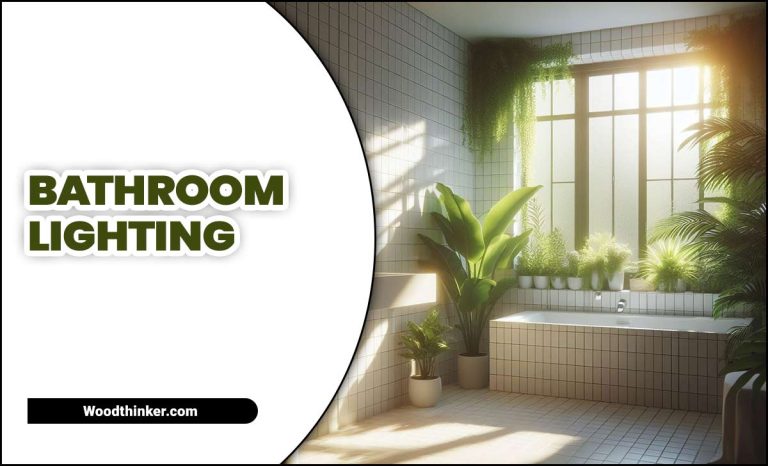
![Best Finish For Cornhole Boards [A Complete Guideline] 61 Best Finish For Cornhole Boards [A Complete Guideline]](https://woodthinker.com/wp-content/uploads/2023/07/Best-Finish-For-Cornhole-Boards-768x432.jpg)